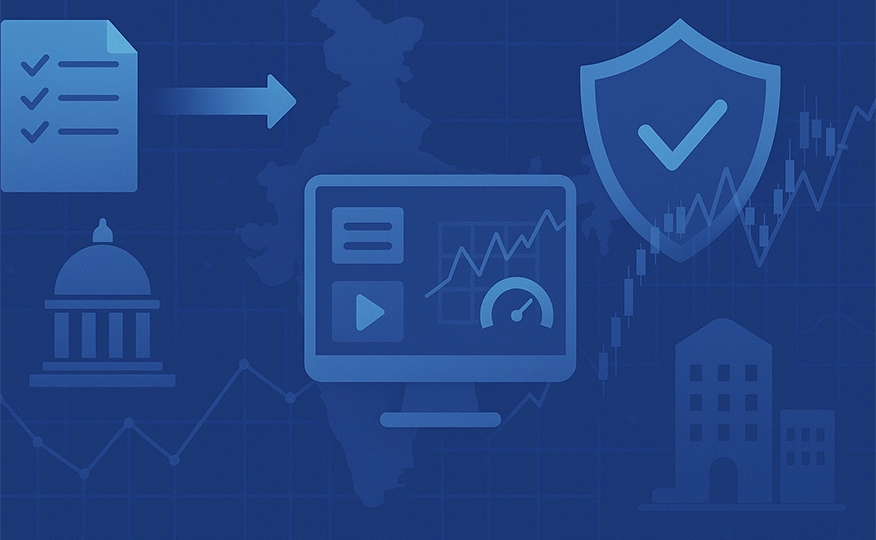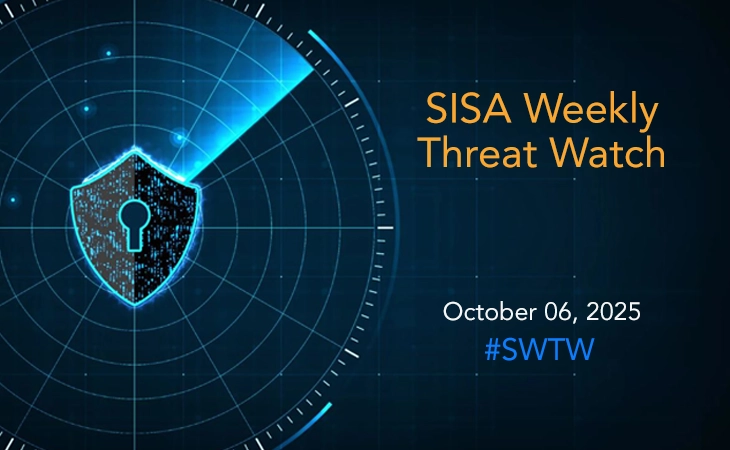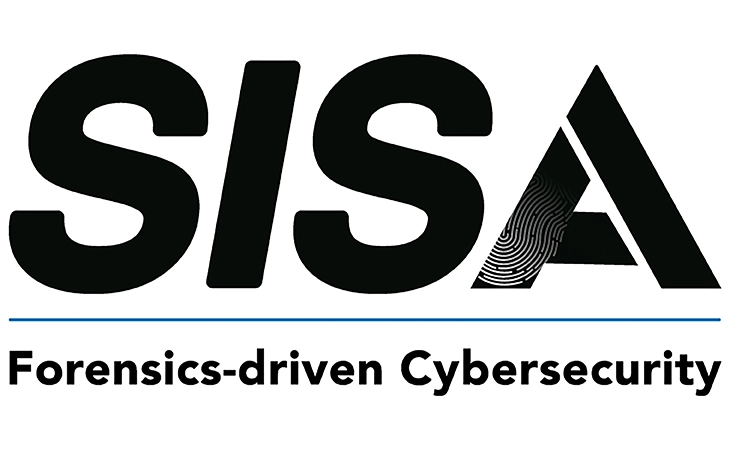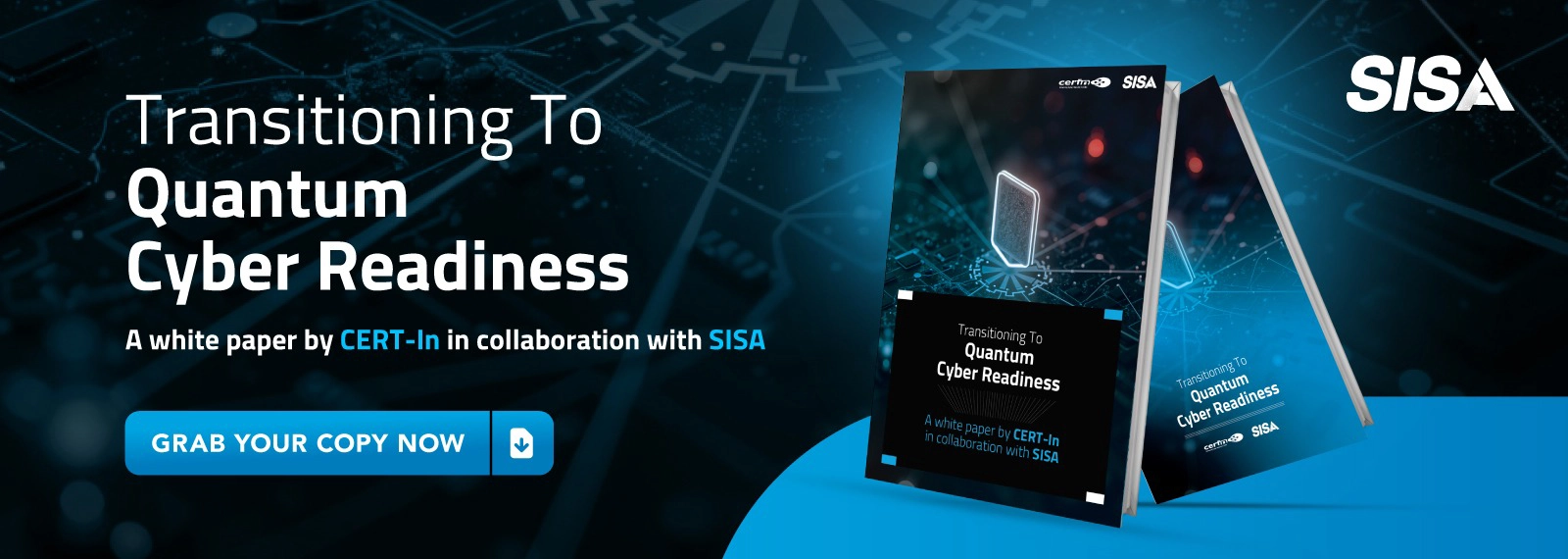
PCI DSS Compliance Levels: Everything You Need to Know
Ensuring the security of cardholder data is a top priority for businesses handling payment information. The Payment Card Industry Data Security Standard (PCI DSS) provides a robust framework to protect sensitive data and reduce the risk of breaches. Understanding the four merchant compliance levels—and the validation requirements for each—is critical for organizations to stay compliant, avoid fines, and build customer trust. This in-depth, 800‑word guide will walk you through everything you need to know about PCI DSS compliance levels, plus unique FAQs to answer your burning questions.
What Is PCI DSS?
The Payment Card Industry Data Security Standard (PCI DSS) is a set of security requirements developed by the PCI Security Standards Council. It applies to all entities that store, process, or transmit cardholder data—ranging from small e-commerce sites to large enterprises. The standard is designed to protect against data theft and fraud by enforcing secure network architecture, strong encryption, access controls, and regular testing.
Why PCI DSS Compliance Levels Matter
Not all businesses face the same level of risk or transaction volume. To streamline validation processes and allocate resources efficiently, PCI DSS defines merchant levels based on annual transaction counts. Knowing your level helps you understand:
- Validation frequency (e.g., annual Report on Compliance vs. self‑assessment)
- Required documentation and reporting
- Remediation enforcement and potential fines
- Scope of security controls and monitoring
Overview of PCI DSS Merchant Levels
Level 1
- Who it applies to: Large merchants processing over 6 million card transactions annually.
- Validation: Annual on‑site assessment by a Qualified Security Assessor (QSA) and quarterly network scans by an Approved Scanning Vendor (ASV).
- Typical scope: All systems and channels that store, process, or transmit cardholder data.
Level 2
- Who it applies to: Merchants processing 1 million to 6 million transactions per year.
- Validation: Annual completion of the appropriate Self‑Assessment Questionnaire (SAQ) and quarterly ASV scans.
Level 3
- Who it applies to: E-commerce merchants with 20 000 to 1 million transactions annually, or any merchant in that range using exclusively Imprint or Stand‑In transactions.
- Validation: Annual SAQ and quarterly ASV scans.
Level 4
- Who it applies to: Small merchants processing fewer than 20 000 e‑commerce transactions or fewer than 1 million total transactions per year.
- Validation: Annual SAQ; ASV scans if the merchant has an externally facing IP and accepts unencrypted card data.
Service Provider Compliance Levels
Service providers (e.g., payment gateways, processors) have two levels:
- Level 1 Service Provider: Processes more than 300 000 transactions per year or stores cardholder data for third parties. Requires an annual on‑site QSA assessment and quarterly ASV scans.
- Level 2 Service Provider: Processes fewer than 300 000 transactions annually. Requires an annual SAQ D.
Key Validation Tips
- Stay proactive: Schedule quarterly ASV scans and internal vulnerability assessments.
- Maintain documentation: Keep network diagrams, data flow charts, and policy documents up to date.
- Engage experts: Level 1 merchants should work with a QSA; Levels 2–4 can leverage experienced internal or third‑party assessors.
Tips for Maintaining Compliance
- Segment your network: Isolate cardholder data environments to reduce scope.
- Encrypt data in transit and at rest: Use TLS 1.2+ and strong encryption algorithms.
- Implement strong access controls: Adopt multi‑factor authentication (MFA) and least‑privilege principles.
- Train your staff: Regular security awareness and phishing‑simulation exercises.
- Automate monitoring: Leverage SIEM tools and intrusion detection for real‑time alerts.
- Document everything: Evidence of controls and policies is critical during assessments.
Conclusion
Properly identifying your PCI DSS compliance level empowers you to meet validation requirements efficiently, reduce unnecessary overhead, and maintain robust cardholder data protection. Whether you’re a small Level 4 merchant or a large Level 1 enterprise, following the guidelines outlined in this guide—and revisiting them annually—will help ensure your business remains secure and compliant.
FAQs
Q1: How do I determine my merchant level if I have multiple payment channels?
Add up all card transactions—online, in-store, mobile, mail/telephone order—over a 12‑month period. The total determines your level.
Q2: Can a Level 4 merchant skip quarterly ASV scans?
Only if you have no external‑facing systems accepting unencrypted card data. Otherwise, quarterly ASV scans remain mandatory.
Q3: What triggers an upgrade from Level 2 to Level 1?
Exceeding 6 million transactions in a 12‑month rolling window immediately moves you to Level 1, requiring a QSA‑conducted ROC.
Q4: Are SAQ requirements the same for all Level 2–4 merchants?
No. SAQ types (A, A‑EP, B, B‑IP, C, C‑V, D) depend on your card data environment. Choose the SAQ that accurately reflects your payment acceptance methods.
Q5: How long does PCI DSS compliance evidence need to be retained?
Maintain logs, scan reports, and assessment documentation for at least one year, in line with PCI DSS requirement 10.7.1.
Q6: Can outsourcing to a compliant service provider reduce my scope?
Yes. If you outsource card data storage and processing to a PCI‑compliant provider, you can significantly reduce your in‑scope infrastructure—but you still must validate segmentation.
Latest
Blogs
Whitepapers
Monthly Threat Brief
Customer Success Stories
 USA
USA India
India APAC
APAC Middle East
Middle East Global
Global






 Facebook
Facebook Linkedin
Linkedin  X
X Youtube
Youtube






